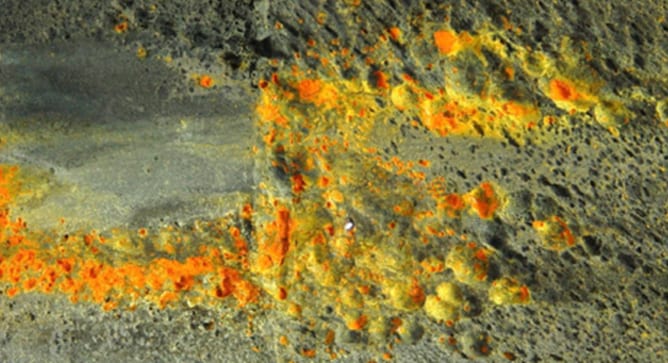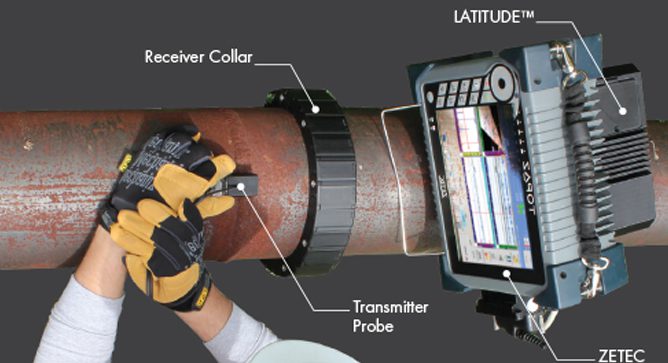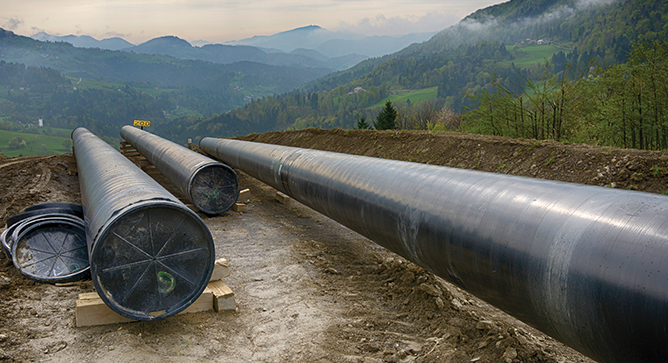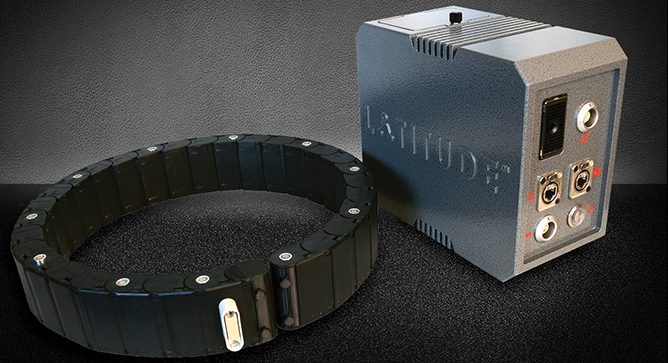News & Views, Volume 46 | Turnkey Rapid-Response Plant Support Disposition of Wall Thinning in Standby Service Water Piping
By: Jason Van Velsor, Roger Royer, and Eric Houston

By: Jason Van Velsor, Roger Royer, and Eric Houston

By: Scott Riccardella, Jason Van Velsor, and Roger Royer
Pipeline operators face a multitude of threats, including service, environmental, or operational induced degradation to pipelines and related facilities. Non-Destructive Examination (NDE) is often used to characterize the nature and extent of this degradation. Thus, there is a critical need for reliable NDE as pipeline operators rely extensively on NDE as the basis for validating In-Line Inspection (ILI) results, determining fitness for service, and making repair and other operational decisions. Erroneous or inaccurate characterization of these defects can lead to unexpected leaks or failures, unnecessary and costly repairs, the establishment of an incorrect remaining life or re-assessment interval, and inaccurate (in)validation of ILI results.
By: Jeff Milligan, Steve Gressler, and Allen Porter
Full Matrix Capture (FMC) and Total Focusing Method (TFM) have evolved over the past few years into NDE buzz words that warrant explanation and context for their proper and successful application. Structural Integrity (SI) is well vested and engaged in FMC and actively exploring the use of this technology where it enhances ultrasonic sensitivity and characterization to bring added value to our clients. An explanation of these technologies and what they mean to the future of ultrasonic inspection follows.
Phased Array Ultrasonic Testing (PAUT) has evolved significantly over the last 20+ years, with improvements and innovations in sensor design, signal processing, and data interpretation; however, the method by which PAUT is applied has remained relatively unchanged: Excite an array of transducer elements with predetermined time delays, called focal laws, and receive resulting reflections with the array of transducer elements,
By: Paul Zayicek
Three factors typically drive inspection intervals of generator rotors:
Drivers from the OEM include issues defined in service bulletins or technical information letters that pertain to the entire fleet or some subset of the population. Intervals based on engineering evaluations can be derived from an identified damage mechanism with the rotor or with a critical component. An engineering evaluation can also provide for extended inspection intervals in situations where the generator has no inherent material issues, has a clean inspection record, and sees limited operational stress such as in a base-load unit.
By: Jason Van Velsor, Dave Anthony, Joe Agnew, and Michael Lashley
Introduction
For the past 2 ½ years, Structural Integrity Associates (SI) has been working diligently to develop, qualify and deliver the nuclear industry’s first-of-a-kind manually acquired encoded phased array UT (PAUT) examination for Section XI dissimilar metal welds (DMWs). Development of the encoding technology behind this effort, the LATITUDETM non-mechanized encoding system, was completed in 2017, with our application-specific inspection procedure completed and qualified through the industry’s Performance Demonstration Program (PDI) in the Spring of 2018. Now, with much enthusiasm, we are proud to report that we have successfully completed the first field deployments of the LATITUDE technology and DMW procedure during the Fall 2018 outage season.
By: Jason Van Velsor, Joe Agnew, and Owen Malinowski

The course of action taken was to perform local stress analysis and remaining life estimates for the downstream (outlet) connections of the valves to assess likelihood of future damage and establish an appropriate re-inspection interval. Detailed metallurgical analysis was also performed on a ring (entire circumference) section removed from one of the upstream welds (which exhibited both surface and volumetric indications in the weld metal) in order to provide insight into the damage mechanism and inform the stress analysis and remaining life estimates.
By: Scott Riccardella, Dilip Dedhia, and Peter Riccardella

Pressure Testing versus In-Line Inspection
Pressure testing has long been considered the gold standard for assuring pipeline integrity. By testing at a factor (e.g., 1.25x or 1.5x) above the Maximum Allowable Operating Pressure (MAOP), any size critical flaws in the line would fail at this pressure level and are thus removed prior to future service. Subcritical flaws that remain after the test will be smaller than the critical flaw sizes during operation, and thus can be assumed to have some margin for growth before they become critical in service. Flaw growth rates can be calculated based on operational and environmental factors to establish a reassessment interval for future testing or inspections.
By: Jason Van Velsor
From the creation of the first simple stone tools to the invention of the world wide web, technological innovation has been the undercurrent that has carried the human species from our primitive survivalist ways to our present-day complexity of modern conveniences. We innovate from necessity, competition, or from a desire for an improved quality of life. Innovation has been and remains key to our survival and proliferation.

LATITUDE is a non-mechanized position and orientation encoding technology designed for use with nondestructive evaluation (NDE) equipment. Simply stated, LATITUDE enables an operator to manipulate a probe by hand while maintaining a digital record of the position and orientation of the probe at all times. For many applications, LATITUDE can be thought of as a fast and compact alternative to cumbersome and complicated automated inspection equipment.
SIGN UP FOR OUR NEWSLETTER
*Join the conversation. Sign up to receive emails, events, and latest information!
1-877-4SI-POWER
(1-877-474-7693)
This site uses cookies. By continuing to browse the site, you are agreeing to our use of cookies.
OKLearn MoreWe may request cookies to be set on your device. We use cookies to let us know when you visit our websites, how you interact with us, to enrich your user experience, and to customize your relationship with our website.
Click on the different category headings to find out more. You can also change some of your preferences. Note that blocking some types of cookies may impact your experience on our websites and the services we are able to offer.
These cookies are strictly necessary to provide you with services available through our website and to use some of its features.
Because these cookies are strictly necessary to deliver the website, refusing them will have impact how our site functions. You always can block or delete cookies by changing your browser settings and force blocking all cookies on this website. But this will always prompt you to accept/refuse cookies when revisiting our site.
We fully respect if you want to refuse cookies but to avoid asking you again and again kindly allow us to store a cookie for that. You are free to opt out any time or opt in for other cookies to get a better experience. If you refuse cookies we will remove all set cookies in our domain.
We provide you with a list of stored cookies on your computer in our domain so you can check what we stored. Due to security reasons we are not able to show or modify cookies from other domains. You can check these in your browser security settings.
These cookies collect information that is used either in aggregate form to help us understand how our website is being used or how effective our marketing campaigns are, or to help us customize our website and application for you in order to enhance your experience.
If you do not want that we track your visit to our site you can disable tracking in your browser here:
We also use different external services like Google Webfonts, Google Maps, and external Video providers. Since these providers may collect personal data like your IP address we allow you to block them here. Please be aware that this might heavily reduce the functionality and appearance of our site. Changes will take effect once you reload the page.
Google Webfont Settings:
Google Map Settings:
Google reCaptcha Settings:
Vimeo and Youtube video embeds:
The following cookies are also needed - You can choose if you want to allow them:
You can read about our cookies and privacy settings in detail on our Privacy Policy Page.
